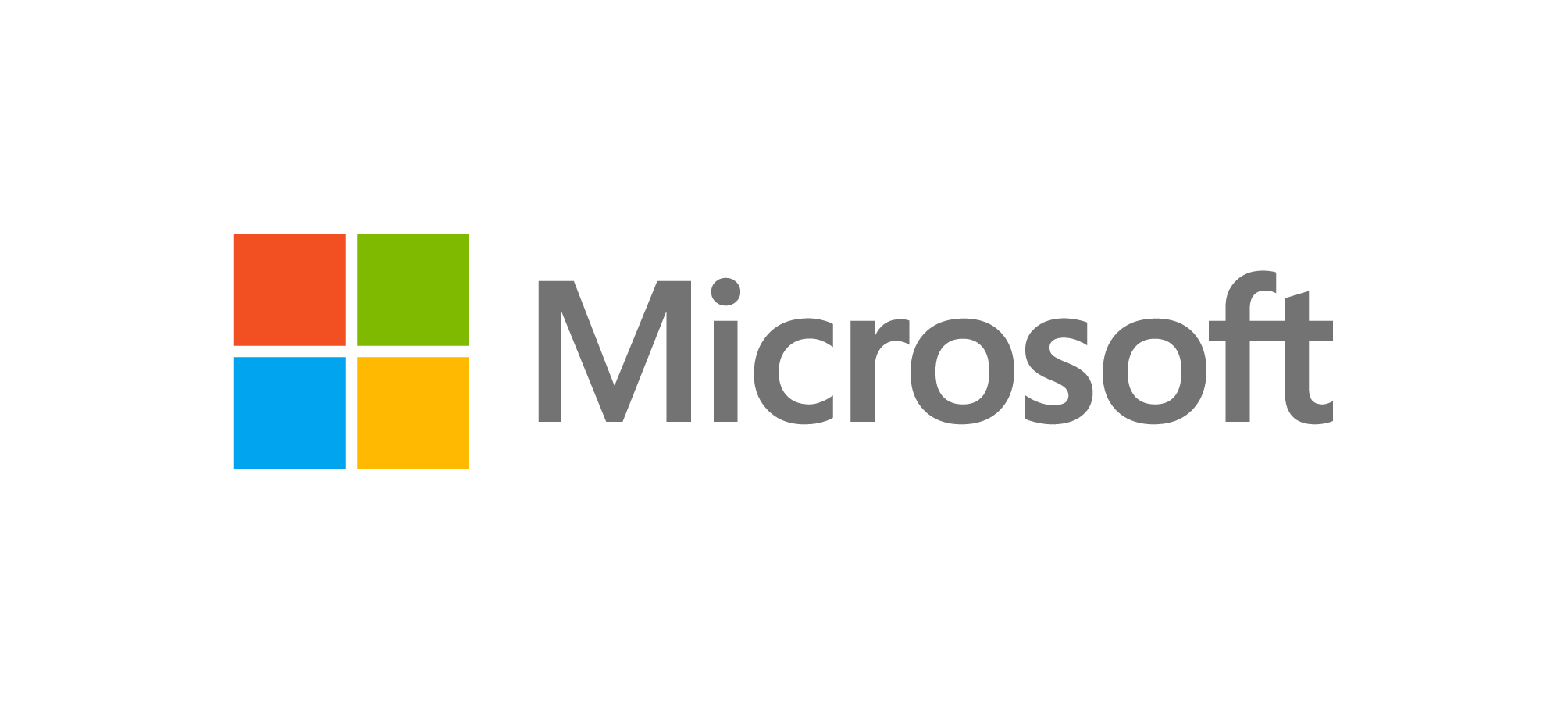AP-CSP Curriculum Guides
7. Global Impact
Overview

- EU 7.1 Computing enhances communication, interaction, and cognition.
- EU 7.2 Computing enables innovation in nearly every field.
- EU 7.3 Computing has a global affect — both beneficial and harmful — on people and society.
- EU 7.4 Computing innovations influence and are influenced by the economic, social, and cultural contexts in which they are designed and used.
- EU 7.5 An investigative process is aided by effective organization and selection of resources. Appropriate technologies and tools facilitate the accessing of information and enable the ability to evaluate the credibility of sources.
Reading from the Computer Science Field Guide

CSFG content is not planned for these.
Learning objectives

LO 7.1.1 Explain how computing innovations affect communication, interaction, and cognition.

- EK 7.1.1A Email, SMS, and chat have fostered new ways to communicate and collaborate.
- EK 7.1.1B Video conferencing and video chat have fostered new ways to communicate and collaborate.
- EK 7.1.1C Social media continues to evolve and fosters new ways to communicate.
- EK 7.1.1D Cloud computing fosters new ways to communicate and collaborate.
- EK 7.1.1E Widespread access to information facilitates the identification of problems, development of solutions, and dissemination of results.
- EK 7.1.1F Public data provides widespread access and enables solutions to identified problems.
- EK 7.1.1G Search trends are predictors.
- EK 7.1.1H Social media, such as blogs and Twitter, have enhanced dissemination.
- EK 7.1.1I Global Positioning System (GPS) and related technologies have changed how humans travel, navigate, and find information related to geolocation.
- EK 7.1.1J Sensor networks facilitate new ways of interacting with the environment and with physical systems.
- EK 7.1.1K Smart grids, smart buildings, and smart transportation are changing and facilitating human capabilities.
- EK 7.1.1L Computing contributes to many assistive technologies that enhance human capabilities.
- EK 7.1.1M The Internet and the Web have enhanced methods of and opportunities for communication and collaboration.
- EK 7.1.1N The Internet and the Web have changed many areas, including e-commerce, health care, access to information and entertainment, and online learning.
- EK 7.1.1O The Internet and the Web have impacted productivity, positively and negatively, in many areas.
LO 7.1.2 Explain how people participate in a problem-solving process that scales.

- EK 7.1.2A Distributed solutions must scale to solve some problems.
- EK 7.1.2B Science has been impacted by using scale and "citizen science" to solve scientific problems using home computers in scientific research.
- EK 7.1.2C Human computation harnesses contributions from many humans to solve problems related to digital data and the Web.
- EK 7.1.2D Human capabilities are enhanced by digitally enabled collaboration.
- EK 7.1.2E Some online services use the contributions of many people to benefit both individuals and society.
- EK 7.1.2F Crowdsourcing offers new models for collaboration, such as connecting people with jobs and businesses with funding.
- EK 7.1.2G The move from desktop computers to a proliferation of always-on mobile computers is leading to new applications.
LO 7.2.1 Explain how computing has impacted innovations in other fields.

- EK 7.2.1A Machine learning and data mining have enabled innovation in medicine, business, and science.
- EK 7.2.1B Scientific computing has enabled innovation in science and business.
- EK 7.2.1C Computing enables innovation by providing the ability to access and share information.
- EK 7.2.1D Open access and Creative Commons have enabled broad access to digital information.
- EK 7.2.1E Open and curated scientific databases have benefited scientific researchers.
- EK 7.2.1F Moore’s law has encouraged industries that use computers to effectively plan future research and development based on anticipated increases in computing power.
- EK 7.2.1G Advances in computing as an enabling technology have generated and increased the creativity in other fields.
LO 7.3.1 Analyze the beneficial and harmful effects of computing.

- EK 7.3.1A Innovations enabled by computing raise legal and ethical concerns.
- EK 7.3.1B Commercial access to music and movie downloads and streaming raises legal and ethical concerns.
- EK 7.3.1C Access to digital content via peer-to-peer networks raises legal and ethical concerns.
- EK 7.3.1D Both authenticated and anonymous access to digital information raise legal and ethical concerns.
- EK 7.3.1E Commercial and governmental censorship of digital information raise legal and ethical concerns.
- EK 7.3.1F Open source and licensing of software and content raise legal and ethical concerns.
- EK 7.3.1G Privacy and security concerns arise in the development and use of computational systems and artifacts.
- EK 7.3.1H Aggregation of information, such as geolocation, cookies, and browsing history, raises privacy and security concerns.
- EK 7.3.1I Anonymity in online interactions can be enabled through the use of online anonymity software and proxy servers.
- EK 7.3.1J Technology enables the collection, use, and exploitation of information about, by, and for individuals, groups, and institutions.
- EK 7.3.1K People can have instant access to vast amounts of information online; accessing this information can enable the collection of both individual and aggregate data that can be used and collected.
- EK 7.3.1L Commercial and governmental curation of information may be exploited if privacy and other protections are ignored.
- EK 7.3.1M Targeted advertising is used to help individuals, but it can be misused at both individual and aggregate levels.
- EK 7.3.1N Widespread access to digitized information raises questions about intellectual property.
- EK 7.3.1O Creation of digital audio, video, and textual content by combining existing content has been impacted by copyright concerns.
- EK 7.3.1P The Digital Millennium Copyright Act (DMCA) has been a benefit and a challenge in making copyrighted digital material widely available.
- EK 7.3.1Q Open source and free software have practical, business, and ethical impacts on widespread access to programs, libraries, and code.
LO 7.4.1 Explain the connections between computing and real-world contexts, including economic, social, and cultural contexts.

- EK 7.4.1A The innovation and impact of social media and online access varies in different countries and in different socioeconomic groups.
- EK 7.4.1B Mobile, wireless, and networked computing have an impact on innovation throughout the world.
- EK 7.4.1C The global distribution of computing resources raises issues of equity, access, and power.
- EK 7.4.1D Groups and individuals are affected by the "digital divide"—differing access to computing and the Internet based on socioeconomic or geographic characteristics.
- EK 7.4.1E Networks and infrastructure are supported by both commercial and governmental initiatives.
LO 7.5.1 Access, manage, and attribute information using effective strategies.

- EK 7.5.1A Online databases and libraries catalog and house secondary and some primary sources.
- EK 7.5.1B Advance search tools, Boolean logic, and key words can refine the search focus, and/or limit their searches based on a variety of factors (e.g. data, peer-review status, type of publication).
- EK 7.5.1C Plagiarism is a serious offense that occurs when a person present another’s ideas or words as his or her own. Plagiarism may be avoided by accurately acknowledging sources.
LO 7.5.2 Evaluate online and print sources for appropriateness and credibility.

- EK 7.5.2A Determining the credibility of a source requires considering and evaluating the reputation and credentials of the author(s), publisher(s), site owner(s), and/or sponsor(s).
- EK 7.5.2B Information from a source is considered relevant when it supports an appropriate claim or the purpose of the investigation.



